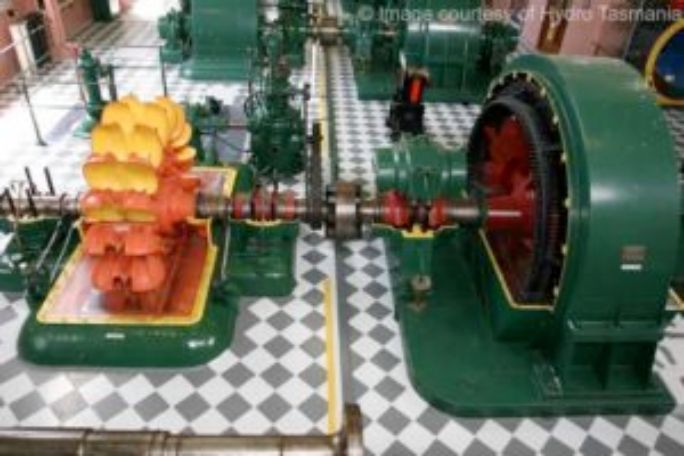Lesson summary
Students will complete a NAPLAN-style test practice paper. They will complete a reading task to learn how Hydro Tasmania generates energy from water.
Learning goals:
- This lesson is designed to provide valuable practice for NAPLAN*, the national literacy test held in years 7 and 9. It features reading and visual texts with comprehension and language questions that require students to find facts, interpret meaning and apply text-processing strategies.
Lesson guides and printables
Curriculum links
Select your curriculum from the options below.
Lesson details
Curriculum mapping
Australian curriculum content descriptions:
Year 9 English:
- Use comprehension strategies to interpret and analyse texts, comparing and evaluating representations of an event, issue, situation or character in different texts (ACELY1744).
- Apply an expanding vocabulary to read increasingly complex texts with fluency and comprehension (ACELY1743).
- Explore and explain the combinations of language and visual choices that authors make to present information, opinions and perspectives in different texts (ACELY1745).
Syllabus Outcomes: EN5-1A, EN5-2A.
Time required: 60 mins.
Level of teacher scaffolding: Medium – oversee activity.
Resources required
- Internet access, Student Worksheet (one copy per student OR computers/tablets to access the online worksheet)
- If working from a printed worksheet, students will need a 2B pencil to fill in answers
Additional info
This lesson has been developed in partnership with
Hydro Tasmania.
Hydro Tasmania has been at the forefront of clean energy innovation for one hundred years. It is Australia’s largest producer of clean energy – generating hydro and wind power – and the largest water manager. Hydro Tasmania has 55 major dams, operates 30 hydropower stations and has built some of Australia’s largest wind farms.
Hydro Tasmania also sells energy in the National Electricity Market through its retail business Momentum Energy, and sells its expertise internationally through its consulting business Entura.
Visit the Hydro Tasmania website to learn how the business is working towards Australia’s clean energy future.


Welcome back!
Don't have an account yet?
Log in with:
Create your free Cool.org account.
Many of our resources are free, with an option to upgrade to Cool+ for premium content.
Already have an account?
Sign up with:
By signing up you accept Cool.org's Terms and Conditions(Opens in new tab) and Privacy Policy(Opens in new tab).